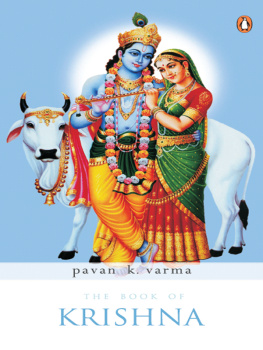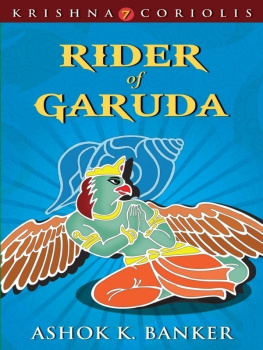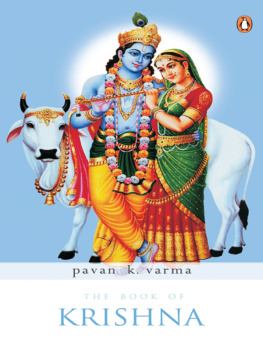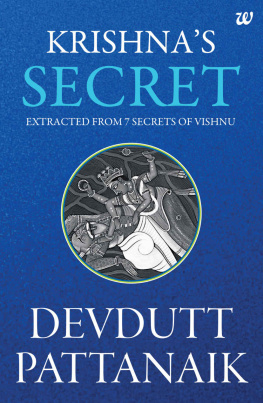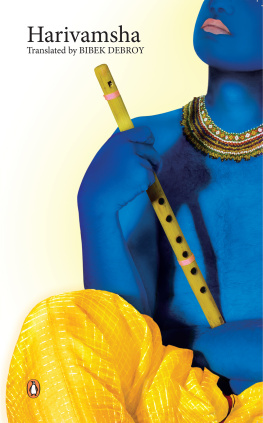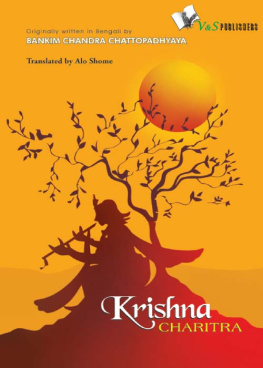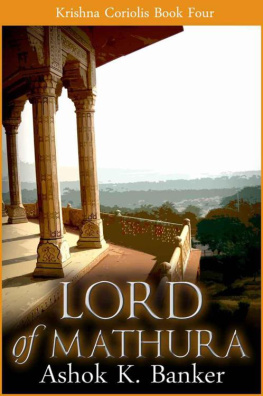Krishnas Lineage
Krishnas Lineage
The Harivamsha of Vysas Mahbhrata

Translated from the Sanskrit by
SIMON BRODBECK


Oxford University Press is a department of the University of Oxford. It furthers the Universitys objective of excellence in research, scholarship, and education by publishing worldwide. Oxford is a registered trade mark of Oxford University Press in the UK and certain other countries.
Published in the United States of America by Oxford University Press
198 Madison Avenue, New York, NY 10016, United States of America.
Oxford University Press 2019
All rights reserved. No part of this publication may be reproduced, stored in a retrieval system, or transmitted, in any form or by any means, without the prior permission in writing of Oxford University Press, or as expressly permitted by law, by license, or under terms agreed with the appropriate reproduction rights organization. Inquiries concerning reproduction outside the scope of the above should be sent to the Rights Department, Oxford University Press, at the address above.
You must not circulate this work in any other form and you must impose this same condition on any acquirer.
CIP data is on file at the Library of Congress
ISBN 9780190279189 (pbk.)
ISBN 9780190279172 (hbk.)
ISBN 9780190279202 (epub.)
for Victoria and Llewellyn
Contents
It gives me great pleasure to record my thanks to many different people who have facilitated this translation in so many ways. Thanks to Will Johnson, who was my partner on this project before his retirement, and who has been helpful and charming throughout. For their encouragement and support thanks also to my other colleagues at Cardiff University, in particular James Hegarty, Josef Lssl, Max Deeg, and Mansur Ali, and to my old colleagues at the University of Edinburgh, John and Mary Brockington and Paul Dundas, and also to Andr Couture, Alf Hiltebeitel, and Adam Bowles, and thanks to the latter also for visiting Mathur and Vrindvana with me in January 2012. For reading and commenting on parts of early drafts, thanks to Chris Austin, Greg Bailey, Carole Satyamurti, McComas Taylor, and Christophe Vielle, and thanks to the latter also for sending me Dutts old translation. For advice on specific points, thanks to Muktak Aklujkar, James McHugh, Valerie Roebuck, and Sven Sellmer. For reading bits of the Sanskrit with me, thanks to Michael Delicate, Tim Negus, Molly Robinson, Rebecca Shortland, and David Utton. Thanks to the British Arts and Humanities Research Council for funding the translation project from 2011 until 2014, and to Rebecca Blackwell for helping to secure the funding. Thanks to the team of scholars coordinated by Peter Schreiner, for transliterating Vaidyas edition. Thanks to various audiences in Bangkok, Bristol, Cardiff, Dubrovnik, London, and Manchester, for listening and responding to various presentations about this translation project. For publication assistance, thanks to Cynthia Read, Salma Ismaiel, and Richa Jobin. Last but not least, thanks to my families old and new, and particularly to Victoria and Llewellyn, for all their love and support.
The Sanskrit Harivamsha (Lineage of Hari) is a stunning compendium of Hindu mythology and a treasure house of stories about Krishna, an incarnation of the great god Vishnu. Many of these Krishna stories were developed and expanded in later Hindu and Jain texts, but the Harivamsha contains what are probably the earliest surviving versions.
The Harivamsha is set in an ancient Indian world of story, where kings inherit, found, and develop realms and protect the populations that support them. The kings are assisted by armies generally led by their close relatives, members of the kshatriya class of warrior-aristocrats, who have a monopoly on the use of physical force. The kings are also assisted by members of the brahmin class, who teach and advise them, and who officiate at the rituals in which the kings interact with their populations and their gods.
The business of the brahmins is contained in the Veda, a collection of texts associated with particular priestly functions and preserved by the lineages that discharged those functions. The Veda is said to be primordial, and to have been revealed piecemeal to individual seers. It contains verses, chants, formulae, and spells, associated respectively with the ritual offices of invocatory priest, chanting priest, operating priest, and supervising priest. The Vedic collections in these genres are the oldest surviving Sanskrit textsoldest of all is the Rigveda of the invocatory priestand they were passed down precisely by the brahmins oral tradition long before the development of writing. The rituals at which these texts were used included a variety of grand royal and more-or-less public ritual festivals, many of them calendrical, as well as other rituals sponsored or hosted by specific clans, guilds, or households, and also rituals that took place within households. These rituals, in their various forms, acted as social and economic glue. The basic form of the ritual involves a transaction with the gods, a hosting and a feeding of the gods with a sacrificial animal (vegetarian options are also available) in return for their favour and continued good jurisdiction in their various operative domains. This aspect of the ritual centres upon the ritual fire, the god Agni, who transports the various offerings aloft to the gods when they are cast into him accompanied by the correct utterances. But the ritual also involves feeding the human and, in particular, the brahmin guests, who must be carefully chosen. In economic terms, it is not just feeding but also funding, for no ritual is complete without the gifts given at its conclusion to the officiating brahmins and to other attending brahmins. Thus the king, advised by his brahmin ministers, controls taxation and spending.
The king and his courtiers are the paragons of high culture. And what culture! The classical Indian model of the good life operates under three spheres of interest: propriety (dharma), profit (artha), and pleasure (kma). These are said to be mutually supportive, and each has its own surviving textbooks, respectively the texts on law and etiquette (the Dharmastras and Dharmashstras, most famously the Manusmriti), the text on government and policy (the Arthashstra of Kautilya), and the text on pleasure (the Kmastra of Vtsyyana). The Kmastra focuses on sexual pleasure, but the remit of pleasure also includes the pleasure produced by any and all delectable consumables, including the dramatic and fine arts.
The texts on law and etiquette are referred to in the abstract as the Shstras, and together with the Vedas they are the basic authorities on proper behaviour. The interest in propriety is in a special category because propriety affects the hereafter. By the time of the Harivamsha, the Indian theory of rebirth according to karma was in place, and so ones deeds and misdeeds, in a general moral sense and in relation to the paradigmatic functions of ones gender and social class, are taken to determine ones heavenly or infernal destination after death and also the circumstances of ones subsequent rebirth on earth. But in terms of its long-range power, the interest in propriety was dwarfed by a fourth and transcendental interest, the interest in release from the world of rebirth and suffering altogether (

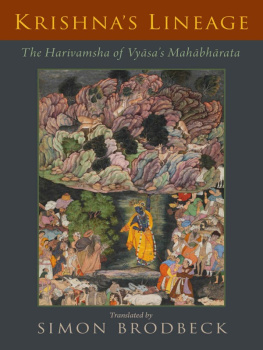

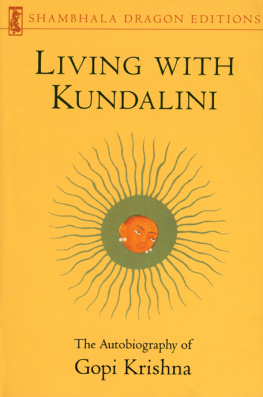
![Krishna Dharma - Mahabharata: [the greatest spiritual epic of all time]](/uploads/posts/book/213378/thumbs/krishna-dharma-mahabharata-the-greatest.jpg)
